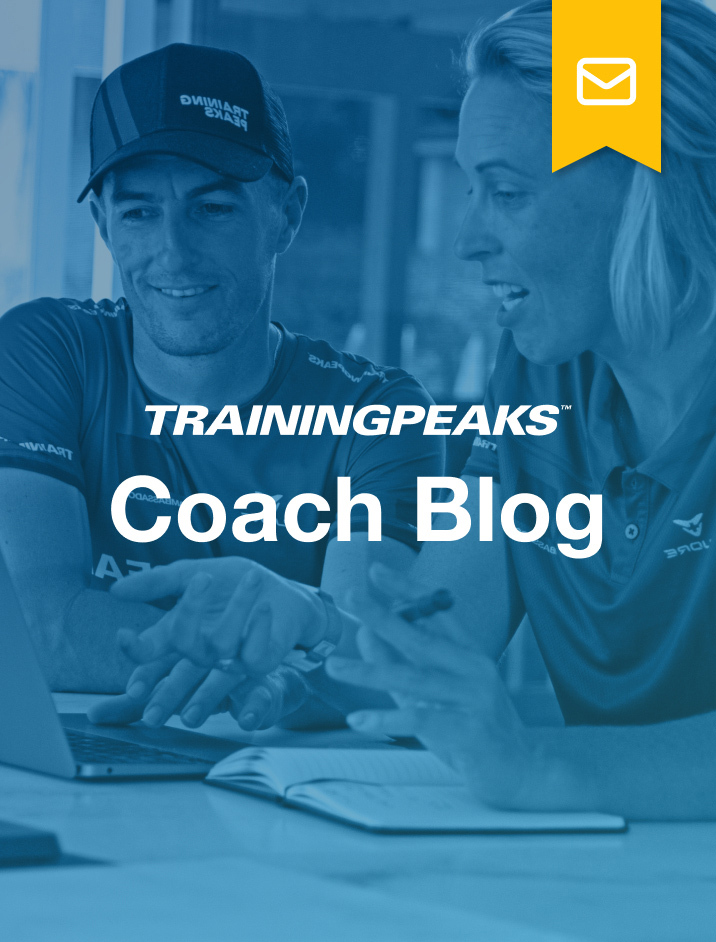One of the constants of high-intensity or high-volume endurance training is sore muscles. Many athletes look to reduce soreness and fatigue by using various supplements or mechanical devices. Others rely on the age-old technique of massage. While there is very little evidence to support the use of supplements or mechanical devices, there is some evidence supporting the utility of massage.
A Booming Business
There are more than 250 massage therapy schools in the United States alone and in the last twenty years, the number of certified massage therapists has more than doubled to over 330,000. Many massage advocates argue that the value of massage therapy extends beyond just treating sore muscles—it can also help treat chronic pain, manage edema or swelling and promote general relaxation.
Massage Therapy Theory
The effectiveness of massage therapy is rooted in two principles, the first is that it enhances blood flow to the area being stimulated and in doing so, you can more effectively remove cellular compounds related to injury or fatigue. The second is lymphatic flushing. By rubbing areas furthest away from the core and massaging towards the heart, the theory is that the tissues can be ‘flushed.’ This will decrease swelling in the periphery and improve circulation because of increased intravascular volume. Flushing is also said to enhance the removal of toxins for elimination by the liver and kidneys.
Both of these theories are very hard to measure in a rigorous, scientific way. In fact, there are no reputable studies that have done so. Instead, studies have looked at how massage subjectively and objectively affects performance or recovery.
What the Studies Say
In a systematic review and meta-analysis of the effects of massage on performance and recovery from 2020, the authors did not find any evidence that massage improved strength, jump, sprint, endurance, or fatigue. However, massage was associated with a small but statistically significant increase in flexibility and a decrease in muscle soreness. As a reminder, ‘statistical significance’ means that the results were truly observed but in this case clinically not relevant.
Looking at the individual studies that were pooled in this meta-analysis, runners were not shown to demonstrate any improved performance with massage compared to those without. And cyclists were shown to perform better with active recovery rather than if they had massage. That is to say an ‘easy spin’ after a hard effort conferred more benefit than a massage. Massage was also not found to affect overall endurance performance, but the data for this question was poor.
Research on Pre-Event Massage
The question of whether or not massage is beneficial before an event has also been investigated. In a systematic review of nine different studies from 2018, authors admit that although the data were insufficiently comprehensive, there was definitely an indication that massage actually adversely impacted athletes’ ability to perform. As a result, authors concluded that pre-event massage is not advisable.
A different study not included in the systematic review looked at sprinters who received massage as one of four different pre-event treatments. In this case, researchers found again that those who received a massage had a negatively impacted sprint performance.
Key Takeaways for Your Athletes
Given all of this, how can coaches advise their athletes about how and when to use massage? Well, essentially, there is not a robust body of evidence out there to answer the question. There does however, seem to be adequate evidence to support eliminating pre-event massage. Still, I think that we need to look at the dearth of evidence and put a little context around the question at hand.
First and foremost, there are real psychological benefits to getting a massage. Personally, I make it a habit to go at least once a month and while I have long known from my own experience that I never come away from these treatments feeling particularly rejuvenated or recovered I also know that I love that hour of relaxation and it does wonders for my mental wellbeing. This should not be discounted and many athletes will likely benefit from this as well.
The point of this article then isn’t to discourage athletes from getting massages, but maybe as a coach you should temper their expectations as to what they will really get out of them.
Sources
1. Hoffman MD, Badowski N, Chin J, Stuempfle KJ. A Randomized Controlled Trial of Massage and Pneumatic Compression for Ultramarathon Recovery. J Orthop Sport Phys Ther. 2016;46(5):320-326. doi:10.2519/jospt.2016.6455
2. Moran RN, Hauth JM, Rabena R. The effect of massage on acceleration and sprint performance in track & field athletes. Complement Ther Clin Pract. 2018;30:1-5. doi:10.1016/j.ctcp.2017.10.010
3. Richard NA, Koehle MS. European Journal of Sport Science Optimizing recovery to support multi-evening cycling competition performance Optimizing recovery to support multi-evening cycling competition performance. 2018. doi:10.1080/17461391.2018.1560506
4. Moran RN, Hauth JM, Rabena R. The effect of massage on acceleration and sprint performance in track & field athletes. Complement Ther Clin Pract. 2018;30:1-5. doi:10.1016/j.ctcp.2017.10.010



